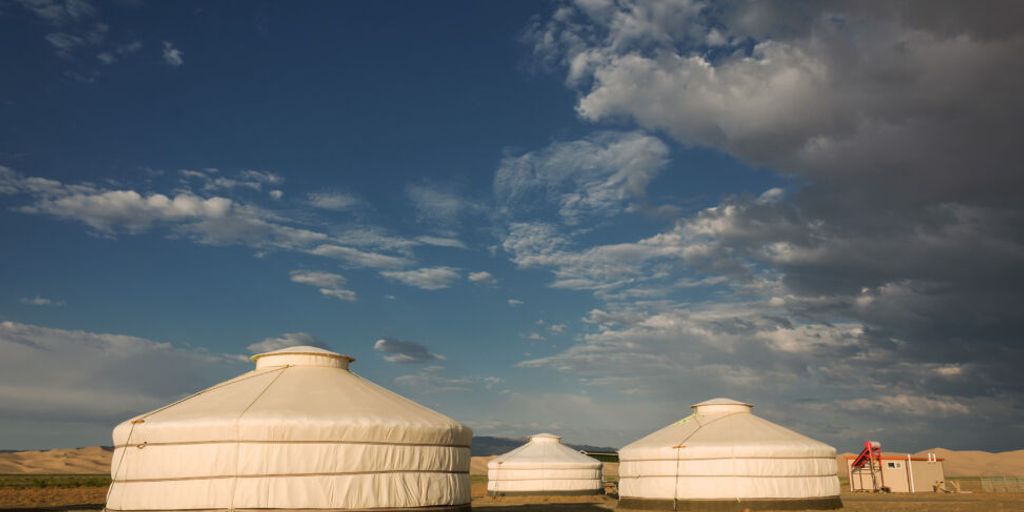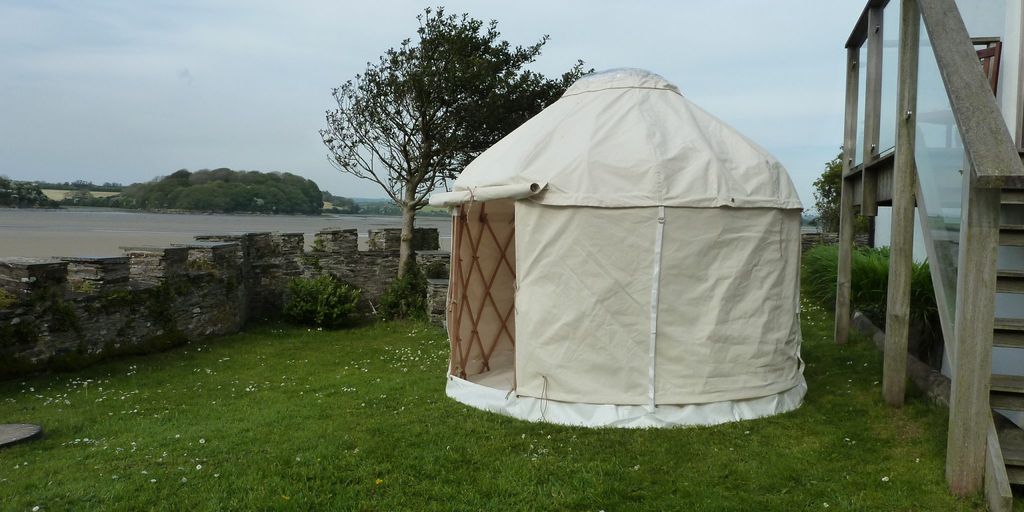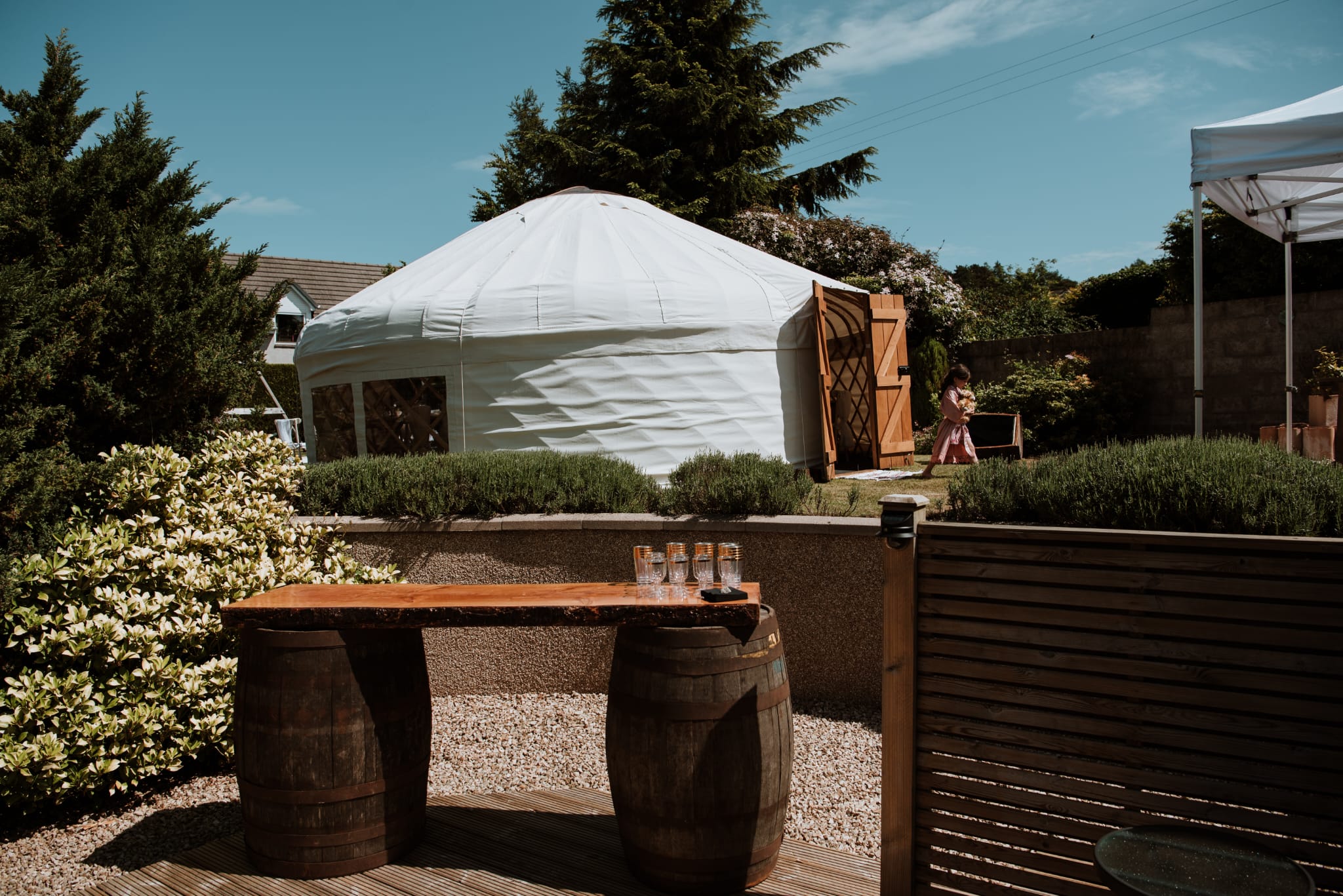Difference between yurt and bell tents
When it comes to enjoying the great outdoors in luxury, there are few better ways to experience it than bell tents and yurts. People often confuse these two excellent shelters, thinking they are the same, but they have some notable differences that set them apart. This article delves into the origins, structural differences, space and capacity, ease of assembly, usage scenarios, cost, and styling of bell tents and yurts to help you make an informed choice.
Key Takeaways
- Bell tents are typically made from cotton canvas or polycotton, while yurts have a wooden meshwork structure covered with canvas material.
- Yurts originated in Central Asia thousands of years ago, whereas bell tents are a more modern invention.
- Bell tents are easier to assemble and transport, making them ideal for short-term camping trips, while yurts are better suited for long-term use.
- Yurts generally offer more space and can accommodate larger groups and more storage compared to bell tents.
- Bell tents are usually more affordable and offer various customisation options, while yurts tend to be more expensive but highly durable.
Origins and History
Ancient Roots of Yurts
Yurts have been around for 1000s of years with origins in Central Asia, specifically Mongolia. These shelters were and still are the structure of hospitality to the herding and nomadic communities of this part of the world. They have now also become a more permanent feature as a home or a place to visit within campgrounds or natural locations.
Evolution of Bell Tents
Bell tents, on the other hand, have a different story. They were first used by the military in the mid-19th century. Their design was inspired by the Native American tipi but with a more spacious and practical layout. Over time, bell tents have evolved to become popular in the glamping world, offering a blend of comfort and adventure.
Cultural Significance
Yurts hold a special place in the hearts of the nomadic communities of Central Asia. They are not just shelters but symbols of their way of life, representing mobility, resilience, and hospitality. Bell tents, while not as ancient, have carved out their own niche, especially in the Western world, where they are often associated with luxury camping experiences.
The yurt was and still is the structure of hospitality to the herding and nomadic communities of Central Asia.
Structural Differences
Materials Used
Yurts and bell tents are often confused with one another and we understand why – from the outside, they look quite similar. The main difference between these two is the composition of the structure itself. Modern yurts are circular wood-frame structures with vertical, lattice walls and rafters, then covered with a canvas material. Bell tents, on the other hand, are typically made from a single canvas layer supported by a central pole and guy ropes.
Design and Architecture
Yurts have a more complex design with a wooden frame that creates a sturdy, circular shape. This frame is covered with fabric, making it feel like a small, circular cabin and tent in one. Bell tents are simpler, with a single central pole and a canvas exterior that slopes down to the ground, creating a more traditional tent shape.
Weather Resistance
When it comes to weather resistance, yurts tend to be more robust due to their wooden frame and thicker canvas covering. They can withstand harsher weather conditions, making them suitable for long-term use. Bell tents, while still durable, are more suited for fair weather and short-term camping trips.
There are a few things to consider when choosing your structure: Number of Guests, Season, and Type of Event. Some structures can withstand rain or wind better than others.
Space and Capacity
Interior Layout
When it comes to interior layout, bell tents usually offer a spacious interior that can comfortably accommodate a family or group. On the other hand, yurts tend to have a relatively small interior, making them more suitable for a small number of people or a private space.
Group Accommodation
Bell tents are quite versatile in terms of group accommodation. For instance, a 4 m/13.12 ft diameter bell tent can comfortably accommodate up to 6 people, providing ample room for family, friends, or group activities. Yurts, however, are generally better suited for smaller groups or individual use.
Storage Options
Storage options in bell tents are often more flexible. You can easily add tent stoves, bell tent footprints, and other accessories to make your stay more comfortable. Yurts, while cosy, may not offer the same level of customisation for storage solutions.
If you’re planning a group event or family outing, a bell tent might be your best bet for space and comfort.
Ease of Assembly and Portability
Setup Time
When it comes to setting up, bell tents are the clear winners. You can set up a bell tent on your own or with a friend in less than 30 minutes. This makes them ideal for those who value convenience and quickness. On the other hand, yurts require more time and labour to assemble and disassemble, making them less suitable for frequent relocation.
Transportability
Bell tents are highly portable. Once disassembled, they can be folded into a small bag, making it easy to sling over your shoulder and hike to your next destination. Yurts, however, are bulkier and more challenging to transport, often requiring a vehicle for relocation.
Maintenance
Maintaining a bell tent is relatively straightforward. The materials used are generally easy to clean and require minimal upkeep. Yurts, with their more complex structure, may need more regular maintenance to ensure longevity.
If you don’t want to spend a lot of time setting up your campsite and want to dive right into a luxurious glamping getaway, a bell tent would be the ideal choice.
Usage Scenarios and Durability
Camping and Glamping
Bell tents are perfect for camping, wilderness activities, and temporary lodging. They offer a cosy and spacious interior, making them ideal for glamping experiences. However, they may require extra protection in inclement weather. On the other hand, yurts are suitable for long-term stays and can withstand a wide range of climates, providing a high level of durability.
Long-term Use
Yurts are designed for long-term use and can serve as semi-permanent or even permanent dwellings. Their robust structure and durable materials make them a reliable choice for extended stays. Bell tents, while durable, are generally better suited for shorter-term use.
Weather Conditions
When it comes to weather resistance, yurts have the upper hand. They are built to endure harsh weather conditions, from heavy snow to strong winds. Bell tents, although sturdy, might need additional measures to ensure they remain secure during severe weather. Yurts offer superior weather resistance, making them a more reliable option for diverse climates.
Cost and Customisability
Price Range
When it comes to price, bell tents are typically more affordable compared to yurts. Bell tents offer a wide range of sizes and configurations, making them a versatile option for various budgets. On the other hand, yurts tend to be more expensive but provide a unique living experience that many find worth the investment.
| Tent Type | Price Range |
|---|---|
| Bell Tent | £200 – £1,500 |
| Yurt | £1,000 – £10,000 |
Customisation Options
Both bell tents and yurts offer customisation options, but the extent and nature of these options can vary. Bell tents can be easily modified with different interior layouts and additional features like stove jacks and extra windows. Yurts, however, can be customised to a greater extent, including options for insulation, flooring, and even plumbing.
- Bell Tents:
- Interior layouts
- Stove jacks
- Extra windows
- Yurts:
- Insulation
- Flooring
- Plumbing
Value for Money
When considering value for money, it’s essential to think about your specific needs and how you plan to use the tent. Bell tents are great for short-term camping and glamping experiences, offering a good balance between cost and functionality. Yurts, while more expensive, are suitable for long-term stays and a wide range of climates, providing a high level of durability and comfort.
If you’re craving an authentic outdoor experience without compromising on comfort, both options have their merits. Choose the one that best fits your lifestyle and needs.
Styling and Aesthetics
Interior Decor
When it comes to interior decor, yurts and bell tents offer a canvas for creativity. Yurts often feature traditional elements like wooden lattice walls and felt linings, giving them a cosy, rustic feel. Bell tents, on the other hand, are more versatile and can be styled to suit a variety of themes, from bohemian to minimalist.
Exterior Appearance
The exterior appearance of yurts and bell tents is quite distinct. Yurts have a round, dome-like structure that is both iconic and functional. Bell tents, with their conical shape, offer a unique camping experience characterised by their iconic shape and spacious interiors. Both types of tents can be customised with different colours and materials to match your personal style.
Personalisation
Personalisation options are abundant for both yurts and bell tents. You can decide what mixture of size and fit-out are best for your site and intended guests. Whether you prefer the traditional look of a yurt or the modern versatility of a bell tent, there are plenty of ways to make your tent truly your own.
The beauty of both yurts and bell tents lies in their ability to be tailored to your specific needs and aesthetic preferences.
Discover the perfect blend of styling and aesthetics with our unique yurts. Whether you’re looking for a serene getaway or a memorable event venue, our beautifully crafted yurts offer an unparalleled experience. Visit our website to learn more and book your stay today!
Conclusion
In conclusion, while both bell tents and yurts offer unique and charming options for outdoor living, they cater to different needs and preferences. Bell tents, with their ease of assembly and portability, are perfect for those seeking a quick and flexible camping solution. On the other hand, yurts provide a more robust and spacious option, ideal for longer stays and a more traditional experience. Whether you choose a bell tent or a yurt, both promise an unforgettable glamping adventure, blending comfort with the allure of the great outdoors. Ultimately, the choice comes down to your personal requirements and the type of experience you wish to create.
Frequently Asked Questions
What are the primary differences between a yurt and a bell tent?
Bell tents are typically smaller, made from cotton canvas or polycotton, and have a central support pole. Yurts, originating from Central Asia, are larger, have a wooden meshwork structure, and can accommodate more people and belongings.
How should I style a bell tent?
Styling a bell tent involves choosing a theme and decor that suits your taste. You can use rugs, cushions, fairy lights, and other decorative items to create a cosy and inviting atmosphere.
Which is easier to assemble, a yurt or a bell tent?
Bell tents are generally easier and quicker to assemble compared to yurts. Bell tents can be folded into a small bag for portability, while yurts require more time and effort to set up and take down.
Are bell tents and yurts suitable for all weather conditions?
Bell tents may require extra protection in inclement weather, whereas yurts are more durable and suitable for a wider range of climates, making them ideal for long-term stays.
Can both bell tents and yurts be customised?
Yes, both bell tents and yurts offer customisation options. Bell tents are typically more affordable and come in various sizes and configurations, while yurts can be customised to meet specific needs but are generally more expensive.
Which is better for group accommodation, a yurt or a bell tent?
Yurts are generally better for group accommodation due to their larger size and capacity. Bell tents, while spacious, are more suitable for smaller groups or families.





